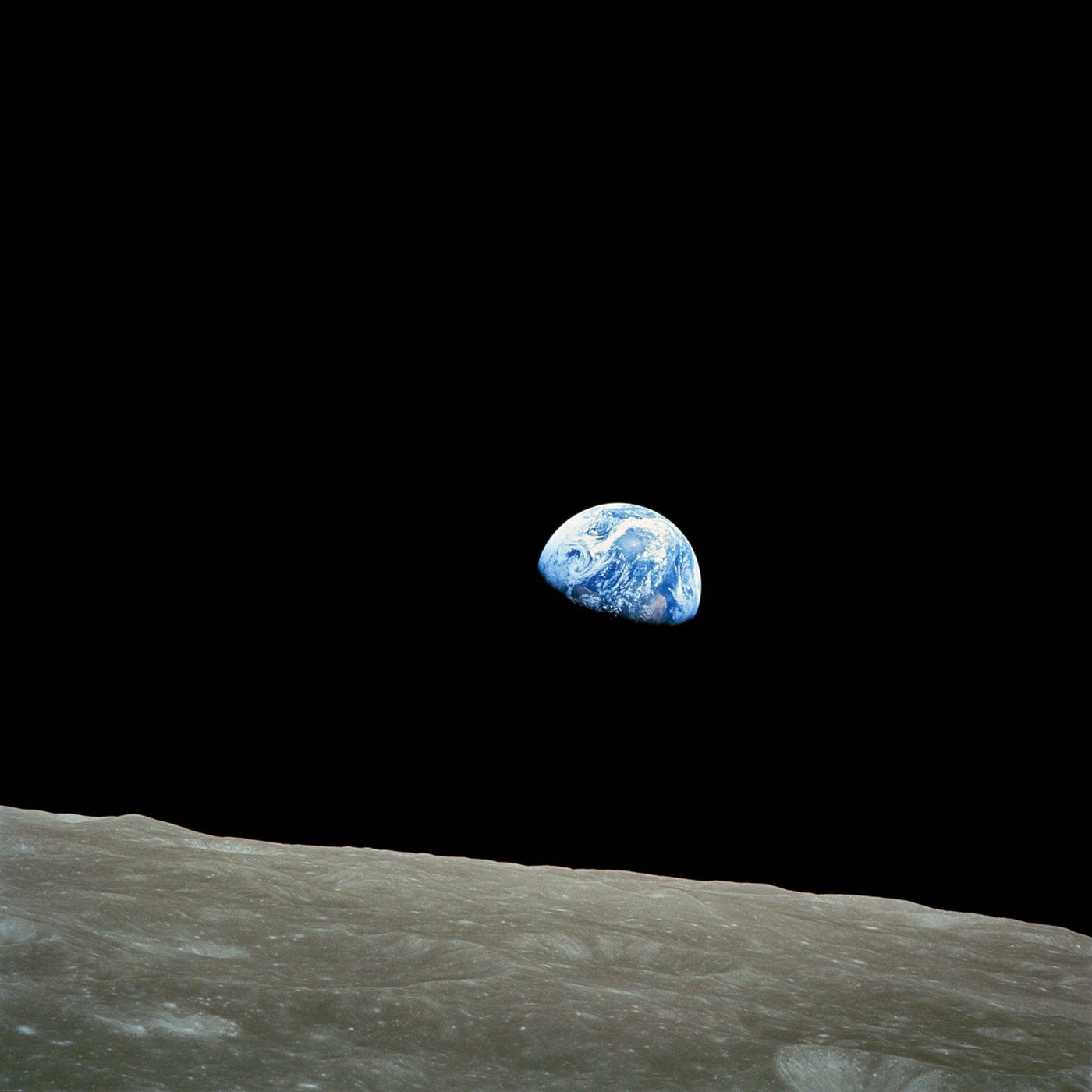December 2020

Previously, missions such as Cassini and Chandrayaan-1 hypothesized the presence of either H2O or OH- (which is not fun to drink) on the sunlit side of the moon. Wavelength data provided by Faint Object infraRed CAmera for the Sofia Telescope (FORECAST) supported the former hypothesis. While the amount of water detected on Clavius by FORECAST is less than that in a tiny water bottle (12 ounces), this is a really exciting result and a game changer for the future of lunar exploration.
Future missions like the Artemis program, which aims to send the first woman to the moon and establish a permanent human presence, will have to further investigate the nature of this water and the possible uses of it. It is unknown how deep the reservior is, its origin, and how it remains there. It is also unclear if the water is potable (probably not). But the knowledge of the presence of H2O could lead to a big leap for upcoming space adventures.
If astronauts are able to extract and use that water, that will avoid the extra weight that current missions take on from bringing water from earth. Astronauts agree that using that water as a drinking source is a needed discovery, as nobody wants to depend on purified urine for a long time. Furthermore, H2O has hydrogen and oxygen, elements necessary to create rocket fuel. Now, imagine for a second if scientists were able to use that water to generate rocket fuel on the moon. The moon would then become the first “gas station” for longer journeys, such as ones to Mars. This discovery then constitutes a small step for mankind, and a huge leap for space exploration.
-Borja Barbero
Borja is a doctoral student in the Department of Biochemistry.